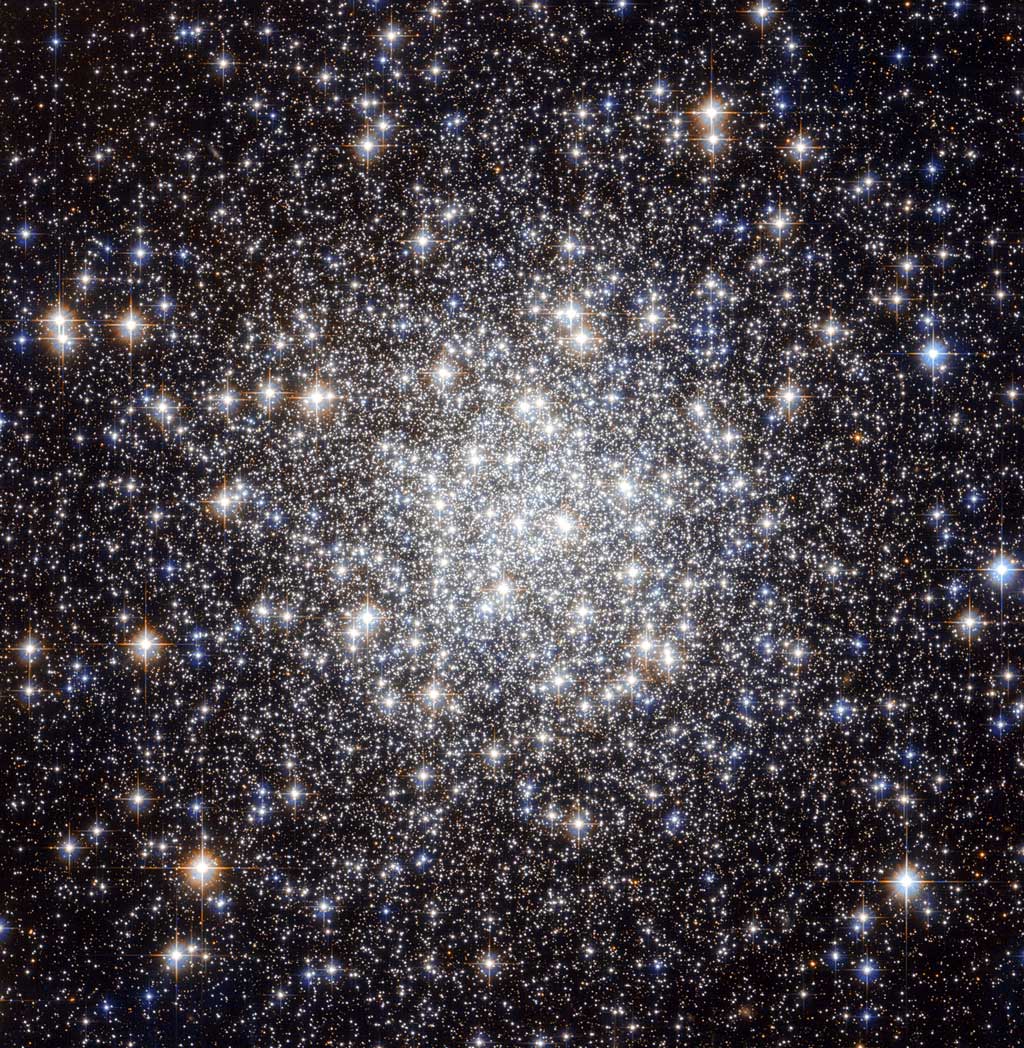Astronomers believe that the globular clusters in the inner part of the Milky Way’s halo formed during this period of tumultuous hierarchical collapse. These globular clusters are all old — with ages close to that of the universe itself — and are more or less chemically homogeneous.
The most massive globular clusters, and especially those in the outer halo (more than 65,000 light-years from the galaxy’s center), appear in some cases to be remnants of small satellite galaxies that the Milky Way has gravitationally drawn in fairly recently. They have been subject to the various effects of plowing through our galaxy’s outer portions, including gravitational tides, but not yet long enough to have fully absorbed into our galaxy’s border.
California Institute of Technology, Pasadena










